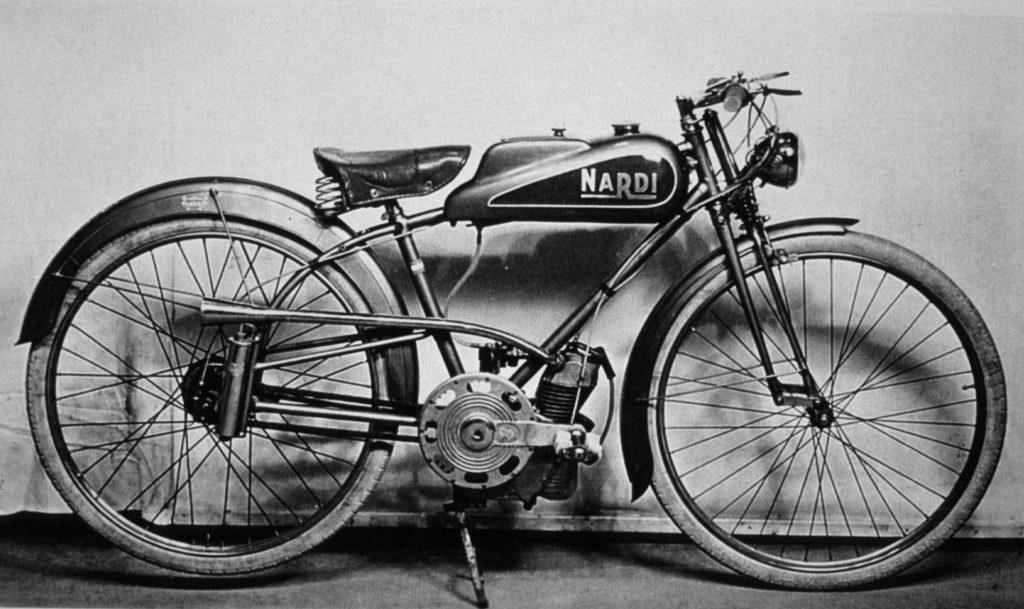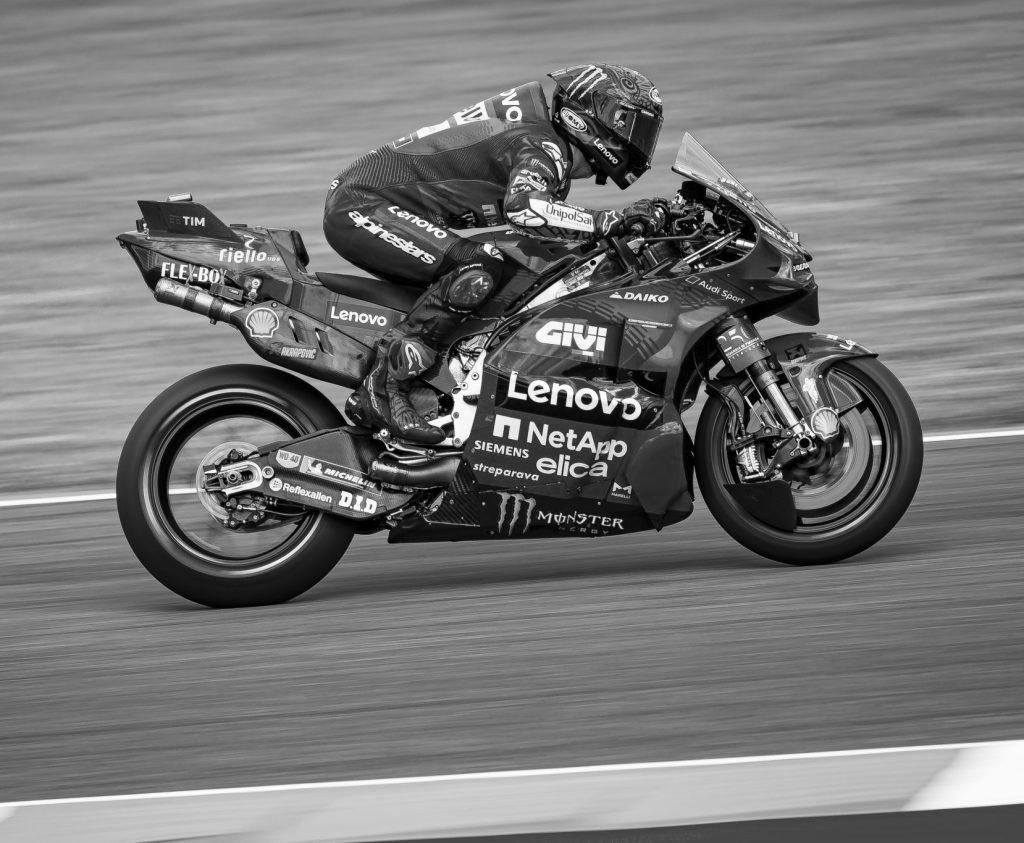As the Ducati Lenovo Team powers up for a potential hat-trick in the 2024 MotoGP World Championship, they’re shifting gears in a new era where data, not just fuel, drives the race.
In high-performance racing, where every millisecond counts, the two companies are now shaving off seconds every race thanks to the introduction of a groundbreaking track-enabled robot, powered by the Lenovo ThinkStation P360 Ultra workstation.
A Partnership Powered by Innovation
What began as a technology partnership between two iconic Italian brands in 2018 has since evolved into a relationship that has propelled Ducati Corse to new levels of racing success. In 2021 Lenovo became the Title Partner of the Ducati Lenovo Team, underscoring the fusion of cutting-edge technology and motorsport excellence.
Andrea Gorfer, MotoGP Electronics & Electronic System Designer, Ducati Corse, reflects on the days of Ducati’s post-war marvel, the Cucciolo bike. Launched in 1946, the 48cc Cucciolo engine was Ducati’s first foray into the motorcycle industry and played a pivotal role in Italy’s post-war recovery by enabling affordable mobility.
Today, Lenovo’s technology has propelled Ducati Corse to new heights, far surpassing the early days of the Cucciolo.




“It’s incredible to see how far we’ve come since the inception of the Cucciolo racing bike,” Gorfer said. “Each year, we’re levelling up our bikes, and with Lenovo’s help, harnessing data to push the boundaries of performance.”
Lenovo’s journey with Ducati Corse started with the introduction of Lenovo Edge, AI, and High-Performance Computing Solutions and was elevated in 2020 with the creation of the Ducati Lenovo Remote Garage. The remote garage allows off-site engineers to offer real-time support by analysing live track data, helping to fine-tune the bikes, predict performance outcomes, and quickly address any issues that arise during the race weekend.
Andrea explained how engineers measure everything—from temperature and oil levels to air pressure and suspension—using the approximately 50 sensors attached to each bike.
He continued: “Of course the bike is still only half of the equation. The Ducati Lenovo Team is lucky to have two exceptionally talented riders, including the three-time world champion Francesco Bagnaia.
“To become a MotoGP star these days requires so much more than skill and instinct: The modern driver needs to understand how all these variables come together to make those small adjustments which ultimately make the difference between first and second place.”
A new era of on-track innovation
The latest breakthrough in the Ducati Corse-Lenovo partnership marks an industry first and promises to change the way data is utilised in MotoGP. Using Lenovo’s advanced workstation, the team can now create a digital twin of the racecourse – a detailed virtual model that accurately maps the track’s curves using 200GB of data per circuit.
In the high-octane world of motorcycle racing, where fractions of a second can define victory or defeat, this new tool is a game-changer. Research estimates that having highly realistic data to feed the simulation algorithms, combined with high performing technology to power complex data analysis, can shave off two-and-a-half to three seconds per race – equivalent to a 300 metre head start.
Gorfer said: “We’re constantly pushing the boundaries within the dynamic intersection of technology and sport, trailblazing new techniques that keep us ahead of the competition.”
As the Ducati Lenovo Team enters the second half of the 2024 MotoGP season, the evolving partnership with Lenovo is proving to be their secret weapon. From edge servers to track-enabled robots, Lenovo’s technology is helping to transform the Team into a racing powerhouse. As Gorfer aptly puts it: “Fuel starts the engine, but data drives the race.”
With Lenovo’s cutting-edge technology powering their performance, the Ducati Lenovo Team is racing toward a future where anything is possible.
Lenovo StoryHub
Please visit the firm link to site




